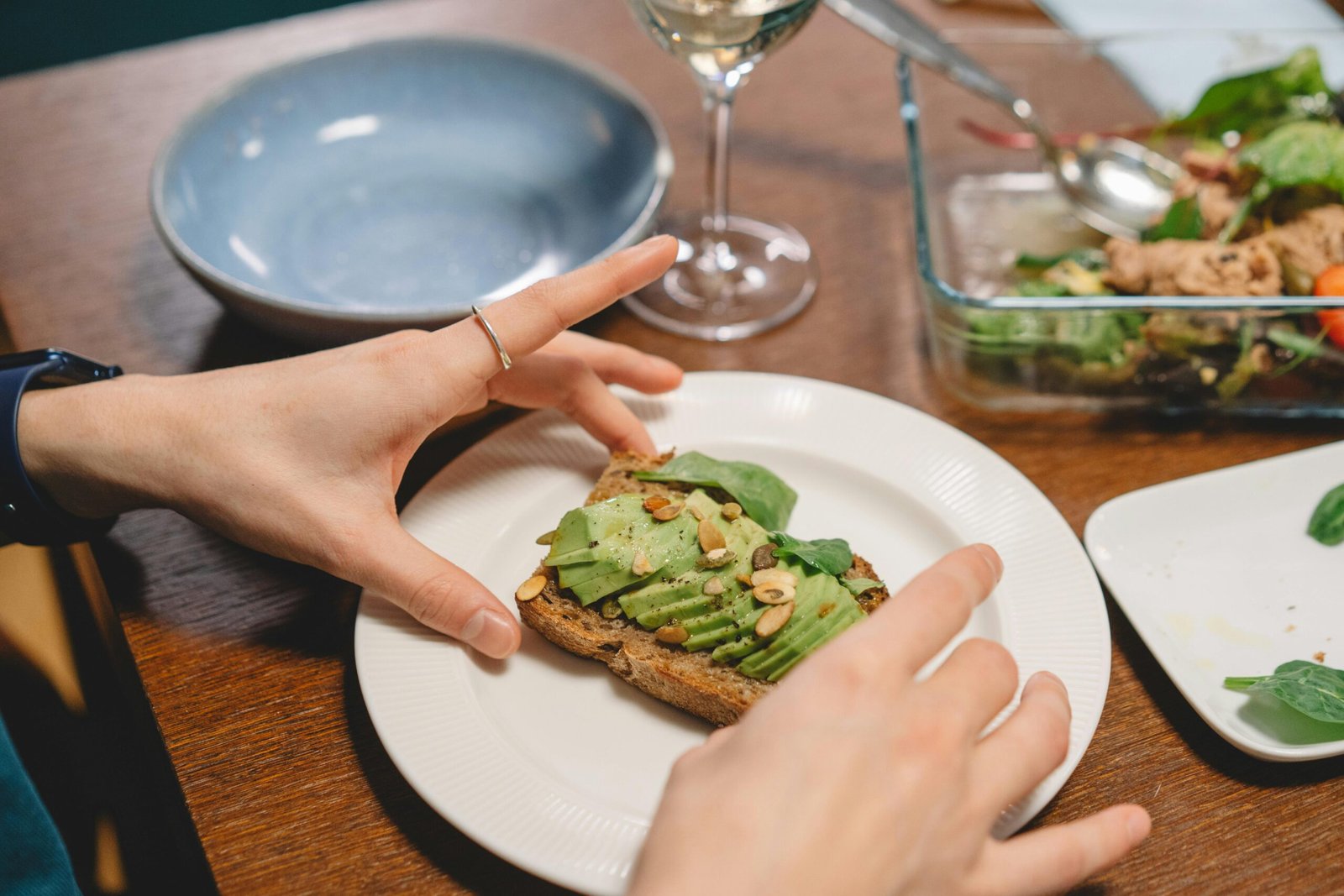Wagyu beef, synonymous with unparalleled marbling and melt-in-your-mouth flavor, traces its origins back to Japan. The term “Wagyu” directly translates to “Japanese cow,” a simple name for a breed that has become a culinary icon. The roots of Wagyu can be found in Japan’s agrarian past, where cattle were primarily used for labor in rice farming rather than meat production. These cows were integral to Japan’s self-sustaining agricultural system, revered not for their meat, but for their endurance and strength.
Over centuries, the isolation of Japan’s geography and cultural practices led to the development of unique genetic traits within local cattle breeds. By the early 20th century, four distinct strains of Wagyu—Japanese Black, Japanese Brown, Japanese Polled, and Japanese Shorthorn—had been established. These breeds were meticulously cared for, with selective breeding programs focusing on traits such as marbling and meat tenderness. The Japanese Black strain, in particular, became the cornerstone of the Wagyu beef we recognize today.
It wasn’t until the late 1900s that Wagyu beef gained international acclaim. A combination of Japan’s export initiatives and the global rise of gourmet dining introduced the world to the luxurious qualities of Wagyu. Today, this beef holds a place of honor on menus across the globe, celebrated for its rich history and exceptional quality.
The Science of Marbling
At the heart of Wagyu’s allure lies its extraordinary marbling, scientifically known as intramuscular fat. Unlike the fat found on the exterior of a steak, marbling weaves through the muscle, creating a network of fine, white veins. This unique characteristic not only enhances flavor but also contributes to Wagyu’s buttery texture and unparalleled tenderness.
The genetic makeup of Wagyu cattle is a key factor in their distinctive marbling. Selective breeding practices over centuries have emphasized traits that promote the even distribution of fat within muscle fibers. This process is further enhanced by the cattle’s specific feeding regimen, which often includes high-energy grains and extended feeding periods to encourage fat development.
Beyond genetics and diet, the meticulous care provided to Wagyu cattle plays a crucial role. Farmers ensure that the animals live stress-free lives, which minimizes the production of cortisol and adrenaline—hormones that can negatively affect meat quality. Together, these factors make Wagyu’s marbling a feat of both science and tradition, unrivaled by any other beef variety.
Regional Varieties in Japan
While Wagyu is often discussed as a singular entity, its regional variations add another layer of complexity and distinction. Prefectures such as Kobe, Matsusaka, and Omi are renowned for producing some of the finest Wagyu beef, each with its own unique flavor profile and production methods.
Kobe beef, sourced from Tajima strain cattle in Hyogo Prefecture, is perhaps the most famous. Its international prestige is backed by rigorous certification standards, ensuring that only the highest-quality meat earns the Kobe designation. Matsusaka beef, from Mie Prefecture, is celebrated for its intense marbling and velvety texture, often considered the pinnacle of luxury within Japan. Meanwhile, Omi beef, hailing from Shiga Prefecture, boasts a rich umami flavor that reflects the region’s agricultural heritage.
Each of these regional varieties benefits from the unique climate, feed, and care practices of its respective area. The diverse characteristics of these Wagyu types underscore the intricate relationship between environment and quality, showcasing the depth of Japan’s culinary traditions.
Wagyu’s Journey to the West
The export of Wagyu beef to the Western world marked a significant chapter in its global story. In the 1970s and 1980s, Japan began exporting small numbers of live Wagyu cattle to countries like the United States and Australia. These early exports paved the way for the development of crossbreeds, combining Japanese genetics with local cattle to create unique variations of Wagyu beef.
In the United States, “American Wagyu” emerged as a prominent category, blending the genetics of Japanese breeds with Angus cattle. This fusion allowed American farmers to replicate some of the signature traits of Wagyu while adapting to local agricultural practices.
While Japanese Wagyu adheres to centuries-old practices and rigorous standards, American Wagyu showcases innovation and adaptability. The crossbreeding process brings together the marbling of Japanese Wagyu with the robustness of Angus cattle, resulting in a product that balances luxury with accessibility. Both varieties offer exceptional quality, but the choice often comes down to personal preference, whether it’s the traditional authenticity of Japanese Wagyu or the bold flavors of its American counterpart.
The arrival of Wagyu in Western markets transformed the perception of beef. No longer just a staple protein, Wagyu became a luxury item, featured in fine-dining establishments and celebrated for its exclusivity. This global appreciation has only grown over the decades, making Wagyu a symbol of gastronomic excellence.
Ethical Farming Practices
One of the defining aspects of Wagyu production is the emphasis on ethical farming practices. The welfare of the cattle is a top priority, reflecting the deep respect Japanese farmers hold for their livestock. Wagyu cattle are often raised in serene, clean environments, ensuring minimal stress and optimal health.
Feeding regimens are equally meticulous, involving carefully curated diets that include high-quality grains, rice straw, and other nutrient-rich ingredients. Farmers frequently monitor the cattle’s health and adjust their care routines to suit individual needs. This personalized approach not only enhances meat quality but also aligns with ethical farming principles.
In recent years, global producers of Wagyu have adopted these practices, furthering the commitment to sustainability and animal welfare. By maintaining these standards, the industry ensures that Wagyu beef retains its reputation for excellence without compromising ethical values.
The Economics of Wagyu
The premium price of Wagyu beef reflects the significant resources required to produce it. From selective breeding and high-quality feed to extended feeding periods and meticulous care, every step of the process adds to the cost. These factors make Wagyu a true luxury product, often reserved for special occasions or fine dining.
Despite its high price point, demand for Wagyu continues to grow, fueled by its reputation for quality and exclusivity. In Japan, auction systems for Wagyu cattle set record-breaking prices, with individual animals selling for hundreds of thousands of dollars. Internationally, restaurants and retailers have embraced Wagyu as a premium offering, catering to discerning consumers who value exceptional culinary experiences.
The economics of Wagyu also reflect its role as a cultural ambassador. By sharing this iconic product with the world, Japan has elevated its culinary heritage, fostering appreciation for its traditions and craftsmanship.
The Future of Wagyu Beef
As the popularity of Wagyu beef continues to rise, the industry faces new challenges and opportunities. Innovations in breeding, feeding, and farming techniques aim to enhance sustainability without sacrificing quality. At the same time, producers are working to expand access to Wagyu while preserving its exclusivity.
One significant trend is the rise of crossbreeding programs, particularly in countries like Australia and the United States. These initiatives aim to balance traditional Wagyu traits with local adaptability, creating new variations that cater to diverse markets. Additionally, advancements in feed technology and animal health are helping to improve efficiency and reduce environmental impact.
Despite these innovations, the core values of Wagyu production remain unchanged. The commitment to quality, care, and tradition ensures that Wagyu will continue to be a symbol of culinary excellence for generations to come. As global interest grows, so too does the opportunity to share the rich story of Wagyu with new audiences, solidifying its place as a true gastronomic treasure.
Photo by Connor McManus












